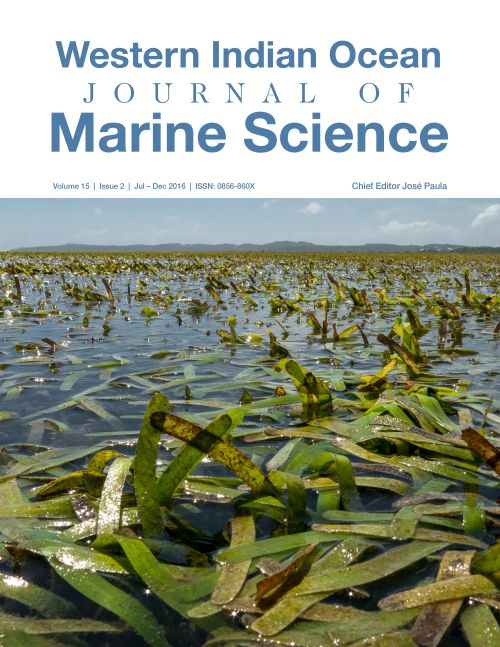Main Article Content
Effect of Salinity on the Survival and Growth of Rufiji Tilapia (Oreochromis urolepis urolepis) Fry
Abstract
Survival and growth of Rufiji tilapia (Oreochromis urolepis urolepis) fry were determined under controlled salinity conditions of 5, 15, 25 and 35 ppt for 56 days. Experiments were carried out in 12 concrete tanks of 1 m3 volume each with three replicates for each treatment. Data was recorded at fourteen days intervals where weight measurements (g) of fry were recorded to the nearest 0.01 g. One Way Analysis of Variance (ANOVA) was used for data analysis. Results showed significant differences in the final body weight, specific growth rate, weight gain and daily growth rate at different salinity levels. The fry reared at a salinity of 25 ppt had the highest final body weight, specific growth rate, weight gain and daily growth rate, while the lowest was recorded at the salinity of 5 ppt. There was no significant difference in survival rate among the fry reared at different salinity levels. Dissolved oxygen (DO) was significantly different at different levels of salinity but temperature and pH showed no significant differences. The results suggest that under proper management, Rufiji tilapia can be farmed in brackish and sea water by coastal communities along the coast.






